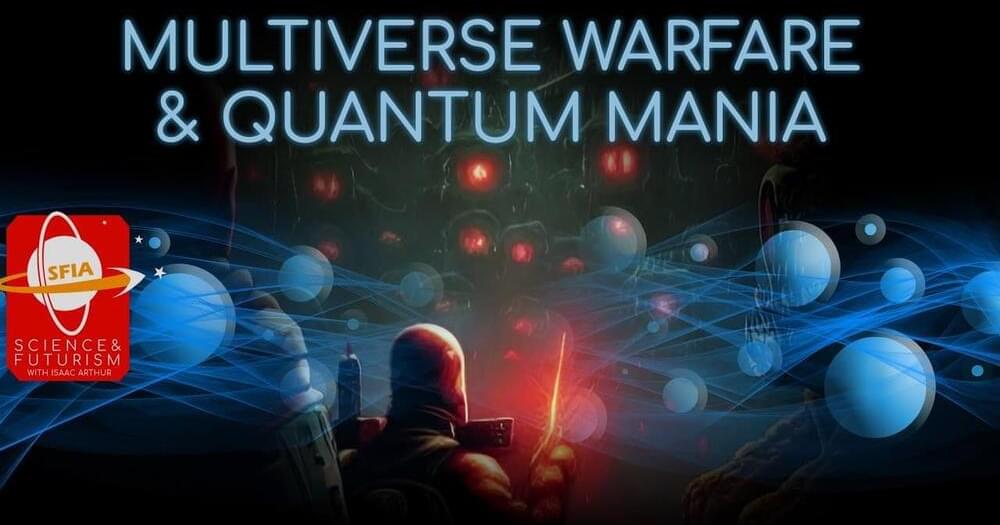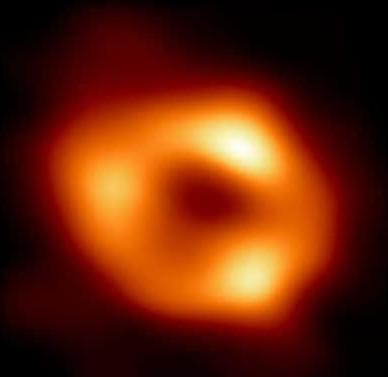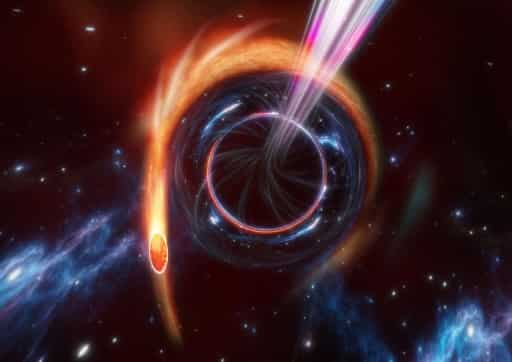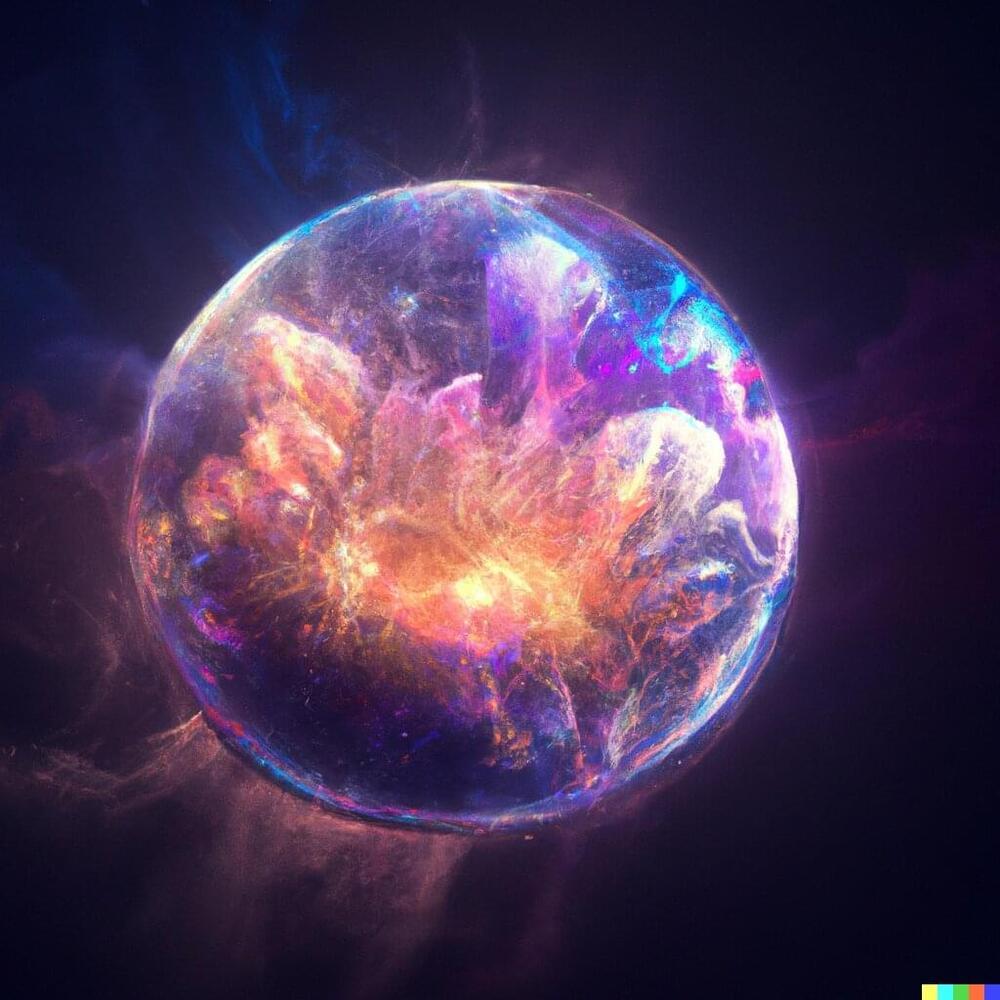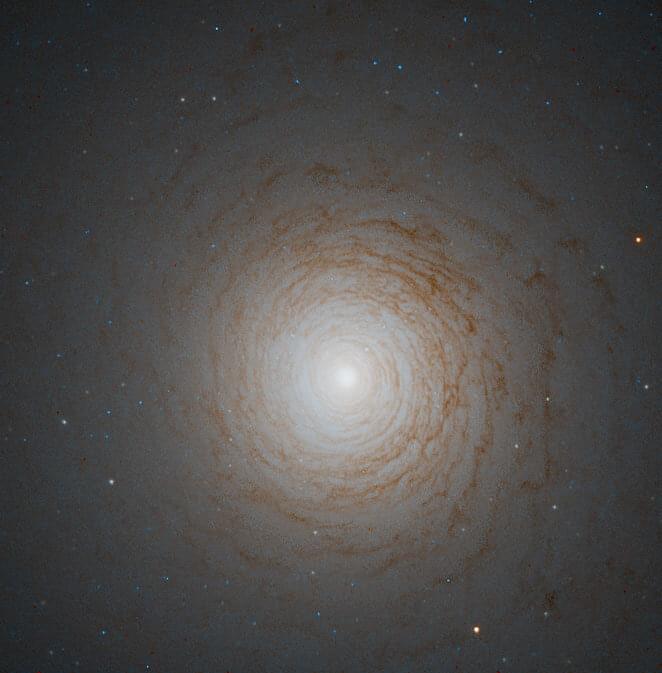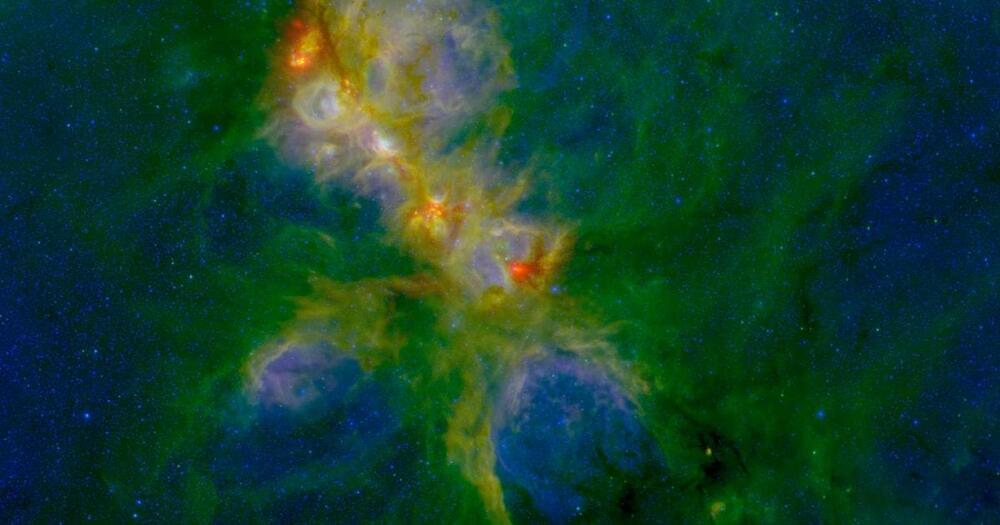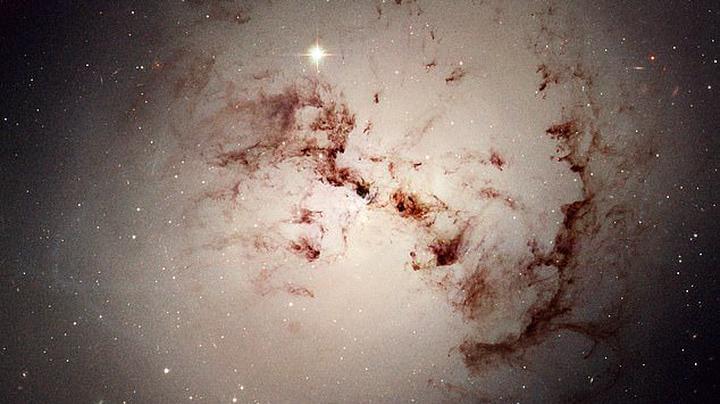Go to https://nordpass.com/isaacnordpass and use code isaacnordpass at the checkout to get additional 1 month for FREE!
If travel to other realities and multiverses is possible, then so is conflict between them, but how would a multiversal war be fought?
Visit our Website: http://www.isaacarthur.net.
Join Nebula: https://go.nebula.tv/isaacarthur.
Support us on Patreon: https://www.patreon.com/IsaacArthur.
Support us on Subscribestar: https://www.subscribestar.com/isaac-arthur.
Facebook Group: https://www.facebook.com/groups/1583992725237264/
Reddit: https://www.reddit.com/r/IsaacArthur/
Twitter: https://twitter.com/Isaac_A_Arthur on Twitter and RT our future content.
SFIA Discord Server: https://discord.gg/53GAShE
Listen or Download the audio of this episode from Soundcloud: Episode’s Audio-only version: https://soundcloud.com/isaac-arthur-148927746/multiverse-warfare-quantum-mania.
Episode’s Narration-only version: https://soundcloud.com/isaac-arthur-148927746/multiverse-war…ation-only.
Credits:
Multiverse Warfare and Quantum Mania.
Science & Futurism with Isaac Arthur.
Episode 382, February 16, 2023
Written, Produced & Narrated by Isaac Arthur.
Editors:
David McFarlane.
Briana Brownell.
Lukas Konecny.
Graphics:
